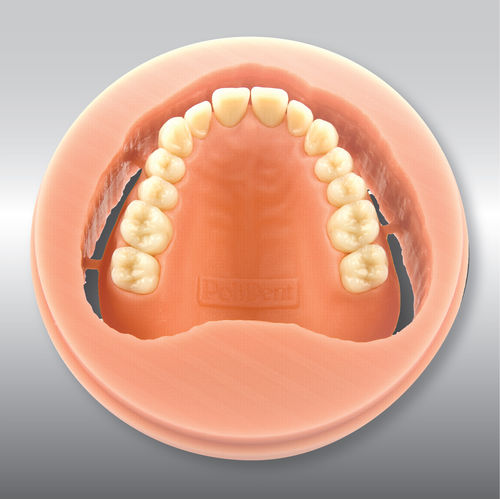Although out-of-pocket costs may vary between original Medicare, Medicare Advantage, and Medigap, Medicare generally covers wound care and supplies.
Wounds are breaks in the skin. They can be minor scratches, cuts, or punctures that an individual can clean and dress at home. However, a doctor may need to check and dress more severe wounds in the hospital.
This article examines Medicare coverage of wound care and supplies, out-of-pocket costs, and coverage rules. It also discusses the types of wounds that need dressings, what to expect in a wound exam, and how people can help their wounds heal.
Original Medicare wound care coverage
Original Medicare coverage includes Part A hospitalization coverage and Part B medical insurance.
Medicare Part A provides coverage if a person’s wounds require surgery as an inpatient in the hospital. It also covers the care that someone receives in a hospital or skilled nursing facility for a limited number of days. This includes wound care.
Medicare Part B is medical insurance that covers the services of a healthcare professional to dress a wound and the supplies they need for this care. This only applies to care an individual receives in a doctor’s office or another outpatient setting.
Medicare Advantage wound care coverage
Private insurance companies administer Medicare Advantage plans (Medicare Part C), which are the alternative to original Medicare. These bundled plans provide the same level of coverage as parts A and B for wound care and supplies.
There are different types of Medicare Advantage plans. In all of the different types of Advantage plans, a person should always also have coverage for urgent care, which can include treatments such as wound dressings.
Many Advantage plans often provide additional benefits, such as prescription drug coverage and dental care. An individual should check with their plan provider regarding these specific benefits.
Medigap wound care coverage
Medigap is supplemental insurance that a person with original Medicare can buy. These Medicare supplement plans help people meet out-of-pocket costs associated with parts A and B, such as deductibles, copays, and coinsurance.
Medigap plans may help pay toward costs related to wound care. The amount that individuals pay depends on the plan. For example, Plan K limits costs to $6,220, while plan L has a limit of $3,110.
A person can use this online tool to find a Private individual health insurance coverage Medigap plan.
What wound care does Medicare not cover?
If someone needs to stay in a skilled nursing facility because of their wounds, Medicare contributes to these costs for a short period of time.
For the first 21 days of a stay in these facilities, a person will not pay anything out of pocket. From day 21 through day 100, individuals may pay up to $185.50 per day. After 100 days, Medicare will no longer provide coverage.
Another cost that Medicare does not cover is custodial care. If someone’s wounds make it difficult for them to perform activities, such as bathing and dressing, Medicare does not cover the costs of an attendant to provide this care.
How do I qualify for wound care benefits?
Medicare has several criteria for coverage of wounds and dressings. For the program to cover the wound, it must be either a wound treated or caused by a surgical procedure or a wound that needs debridement, which is the removal of unhealthy tissue.
Coverage includes both primary and secondary dressings. Primary dressings directly cover the wound, such as foam or hydrogel dressings. Secondary dressings secure a primary dressing and can consist of gauze, bandages, or adhesive tape.
Medicare also requires a written, signed, and dated order from a doctor. This order must specify the type, size, frequency, and expected duration of the dressing.
In addition, there must be initial documentation of the need for wound dressings, and periodic wound evaluations to show any continued requirements.




